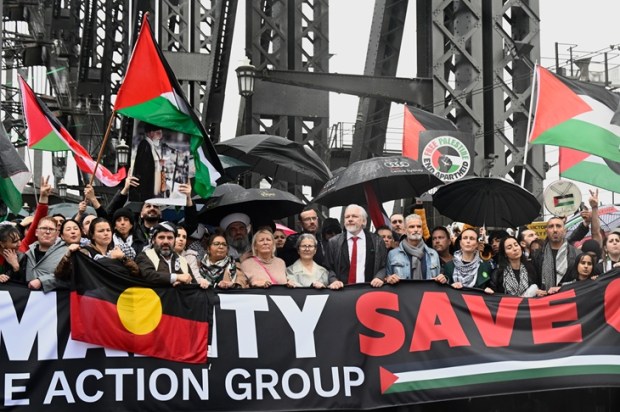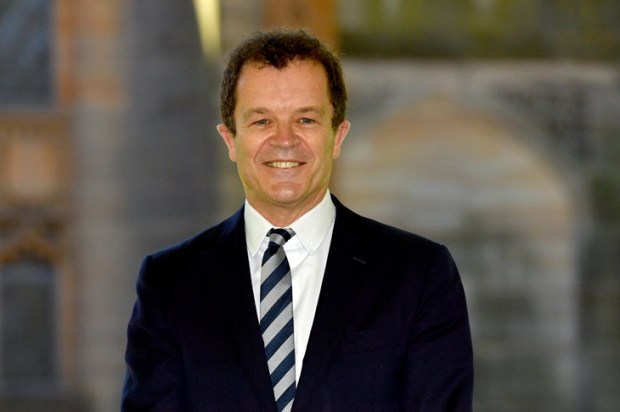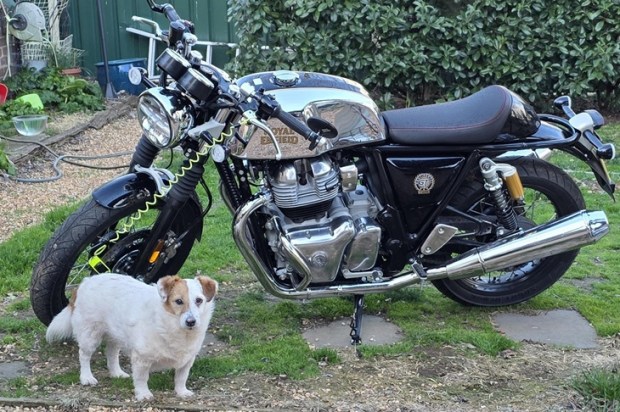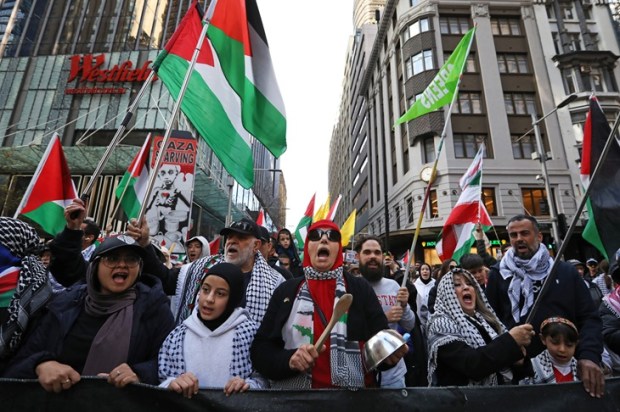From Baengnyeongdo, South Korea: Here at what the Americans call PY-Do in the Yellow Sea, we are closer to North Korea’s capital than we are to the South’s capital, Seoul. PY-Do is an ‘island outpost at freedom’s frontier’. It is home to over 4,000 South Koreans and exists in an administrative afterthought of the Korean Armistice Agreement in an area known as the Northwest Islands.
The United Nations Command (UNC) established a Northern Limit Line (NLL) in 1953 at a time when the North’s navy was barely existent. In effect, South Korea stays below the NLL while North Korea does not recognise it. The five Northwest Islands, of which PY-Do and Yeonpyeongdo (YP-do) are a part, remain a flashpoint for hostilities between the two nations.
PY-Do is the site of annual South Korean and US military drills designed to ‘bolster their readiness against North Korean nuclear threats’. Technically, North and South Korea remain at war, but general hostilities ceased in 1953. The threat of tit-for-tat skirmishes, however, is ever-present.
On March 26, 2010, the Republic of Korea (South Korea) Navy’s corvette, the ROKS Cheonan, was allegedly struck by torpedoes from a North Korean midget submarine. The vessel split in two, killing 46 of the sailors onboard.
Closer to Seoul but also closer to North Korea is Yeonpyeongdo, or the island known as YP-Do. YP-Do was bombarded by North Korean artillery and multiple launch rocket systems (MLRS) on November 23, 2010, killing at least four civilians on the island. South Korea’s artillery response reportedly killed some 20 North Korean soldiers.
When we visited YP-Do, we were told by locals that many of those whose properties were destroyed by the barrage have since left the island after reportedly suffering from post-traumatic stress disorder.
The Northwest Islands are within artillery striking distance of North Korea and are under constant threat of attack. The 2018 Comprehensive Military Agreement (CMA) established maritime buffer zones and no-fly zones, but North Korea abrogated the CMA late last year.
North Korea then fired more than 200 artillery rounds towards YP-Do and PY-Do into the maritime buffer zone in January this year.
North Korean leader Kim Jong-Un has since abandoned the long-held ‘peaceful unification’ strategy and accused the South of attempting to ‘foment regime change and promote unification by stealth’. South Korea is now regarded as the North’s ‘principal enemy’.
Kim Jong-Un is reportedly pursuing a nuclear weapons capability to increase his diplomatic clout and lessen the impact of existing sanctions on the country. But he also reportedly stated that North Korea should ‘prepare a great event to conquer the territory of South Korea’.
In this state of ongoing tension, South Korea has suspended the Comprehensive Military Agreement and will resume artillery drills in areas previously designated as buffer zones.
But the tension has not stopped there.
News reports state that South Korean activists have been sending anti-Kim Jong-Un propaganda leaflets into North Korea using balloons. However, the locals we spoke to said that North Korean defectors who now live in South Korea were also sending balloons to relatives with things attached such as bibles, DVDs, and flash drives with entertainment content on them.
In response, North Korea sent hundreds of white balloons carrying trash and excrement back to South Korea. Locals tell us that the North asked the South to stop people from sending balloons over. But because South Korea protects freedom of speech, no action was taken, and the balloons continued.
We spotted one of the North Korean balloons a few hundred metres in the air over Myeongdong, a trendy suburb in Seoul’s inner north-east. The large white balloon looked to be carrying a white bag and was descending towards Gyeonggi Province in Seoul’s south, where most of the balloons have landed.
The military opted not to shoot down the balloons in case they contained contaminated material.
While driving around PY-Do, we noticed our navigation system was going crazy for a time. Later we learnt that North Korea was attempting to jam GPS signals in the Northwest Islands and continues to do so at the time of writing.
I’ve been exploring the Demilitarised Zone (DMZ) between the two Koreas for the last few years to understand what it is like to live at the frontier of freedom. The contrast between the North (which can be observed from some of the more advanced observatories) and South is like seeing the modern world next to life two hundred years ago.
It is confronting and gives one a sense of gratitude for the lifestyles we enjoy in the West.
But it also makes me realise how important it is that we actively defend our way of life and celebrate the achievements of the West.
South Koreans live under the threat of war every day. Defensive positions and road-blocking measures can be seen all along the DMZ, some even close to Seoul’s centre. But South Koreans living in the Northwest Islands bear the brunt of the threat.
Escalating tit-for-tat exchanges and the use of trash balloons may seem childish. But Australian politicians are distracted by pro-Palestinian protests, rising anti-Semitism, the escalating clash between Labor and the Greens, and the influence of cognitive warfare from the Middle East.
In the meantime, a country where 340 Australians died to protect is sitting next to a decades-old powder keg that is rapidly deteriorating. Our politicians would do well to focus their attention on what is really happening in the region rather than succumbing to the distraction of ongoing cognitive warfare.


























